Hokkaido
The Hokkaido (also called the Ainu) is a powerful, medium-sized, strongly-built dog originating from the Hokkaido Prefecture, Japan. The Hokkaido is one of the six native Japanese spitz breeds (together with Akita, Shiba Inu, Kai Ken, Shikoku, and Kishu Ken) that probably descended from a breed known as the Matagi-ken. The Hokkaido is one of the earliest dog breeds in the world.
This dog was used for hunting purposes (salmon, deer, and bears), as a guard dog for the family, as well as many loved companions.

Today, most of them are kept as family pets. Sometimes these dogs are used for search and rescue missions. The Hokkaido was classified as a Living Natural Monument by the government of Japan in 1937, and since then, this dog breed is protected by law. It is rare to see this dog outside of its native Japan.
FUN FACT: Every spring, an annual dog show is held in Kutchan, hosting approximately 100 Hokkaido Dogs that travel there from all over Japan.

Height:
18-20 in (45-51 cm)

Weight:
44-66 lb (20-30 kg)

Origin:
Japan

Life Expectancy:
12-15 years
Dog Breed Characteristics
The male dog is 19-20 inches (49-51 cm) tall and weighs between 53 and 66 pounds (26-30 kg). Females are 18-20 inches (45-51 cm) tall and weigh between 44 and 57 pounds (20-26 kg). The Hokkaido is an impressive dog whose head is wide with a wedge-shaped muzzle, short erected triangular-shaped ears, and small, dark-colored eyes.
Their nose is usually black, but it may be flesh-colored in those dogs with white fur. Hokkaido’s tongue is often covered with small black spots. This dog has a muscular body and an upturned tail.
Coat
This dog has a soft undercoat and a thick, straight overcoat. Acceptable coat colors are black, white, red, brindle, black and tan, and sesame (fawn with black tips). The Hokkaido sheds moderately all year long. Twice a year, these dogs blow their undercoat.
To keep your dog's coat clean and healthy, brush it regularly (once or twice a week). Regular brushing will remove dead hair. The Hokkaido thrives in extremely cold climates and does not do very well in warmer environments unless he spends most of his time in an air-conditioned environment.
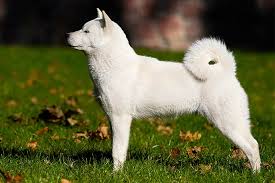
Hokkaido dog training
The Hokkaido dog is a powerful, strong, loyal, working dog with strong hunting instincts. This dog has a very good sense of smell and direction. This is generally a very active breed. This dog loves to spend a lot of time in nature, hiking, biking, and jogging. Any open space where the dog can run freely will make Hokkaido happy.
The Hokkaido excels at agility, rally, fly ball, weight pull, lure coursing, etc. This breed needs to have a job to do to be satisfied and happy. When not properly occupied, this dog can become bored and hyperactive. Keep in mind that the Hokkaido dog loves to roam around and explore his surroundings. This can lead to Hokkaido jumping over your fence and going to investigate the neighborhood.
This dog is devoted to his whole family and is eager to please them, but this dog creates the strongest bonds with his primary owner, to whom he will be extremely devoted until the end of his life.
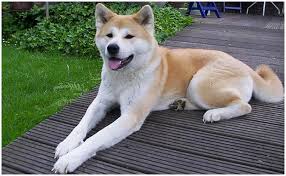
FUN FACT: Because of Hokkaido’s character and devotion to their owner, this is a dog that can be difficult to re-home, so if you are thinking about getting a Hokkaido dog, make sure it’s for life!
Temperament
This dog is tolerant of other pet dogs in the family, but smaller animals should avoid the Hokkaido dog because of his strong prey drive; this dog sees smaller animals as prey. As this dog is very territorial, walks should be done on a leash because it is not uncommon for a Hokkaido dog to try picking a fight with every dog that threatens his dominant position or that enters his territory.
The Hokkaido is friendly with children if raised with them. Before letting the Hokkaido near children, make sure the dog is properly socialized and trained. The good thing is that these dogs are highly intelligent and quickly trained.
Although they can be stubborn, these dogs will listen to their owner if he immediately displays himself as a pack leader. These dogs are pack-oriented dogs with a strong sense of hierarchy.
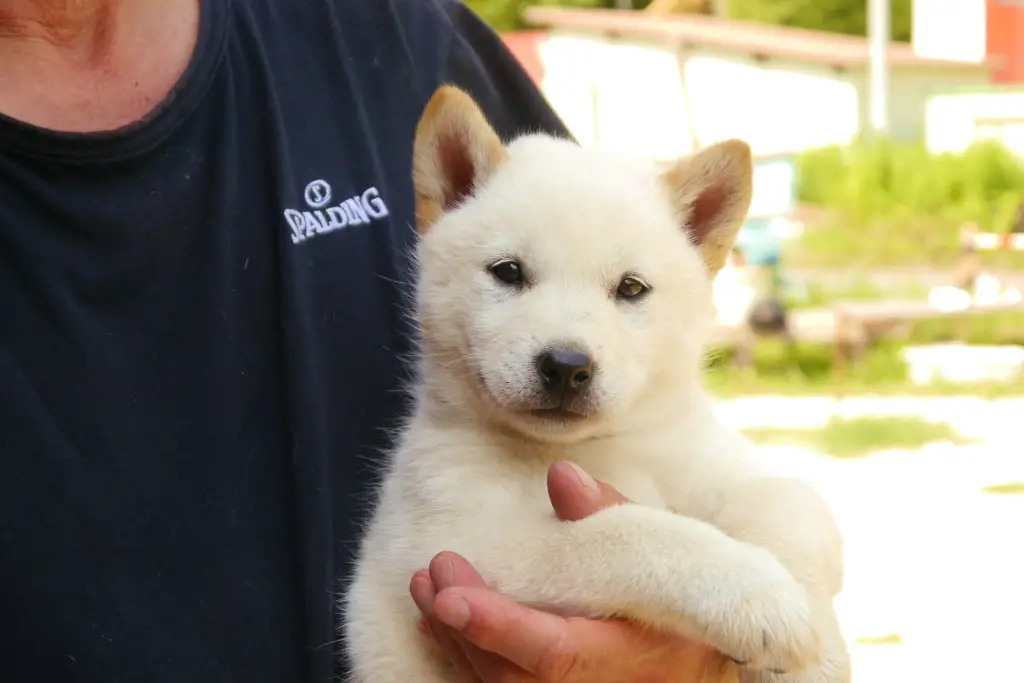
The Hokkaido is an excellent watchdog and will do anything to protect his family. When someone is approaching his territory, this dog will announce the guest with loud and long bark.
FUN FACT: Although not prone to excessive barking, the Hokkaido can be very vocal. This dog will howl when happy or excited.
Health problems
The Hokkaido has a lifespan of 12 to 15 years, and although generally healthy, this dog is prone to some health conditions. 1/3 of all Hokkaido dogs are affected by Collie eye anomaly, while 2/3 are carriers. Collie eye anomaly is a genetic disorder that can result in blindness.
Fortunately, Collie's eye anomaly can be easily diagnosed in puppies by the age of 6-7 weeks. So, before buying a Hokkaido dog, check with the breeder, and make sure that the puppies are examined for this disease.
Some other conditions these dogs are prone to are
- hip dysplasia,
- elbow dysplasia,
- luxating patella (also known as the trick knee),
- heart murmurs,
- cryptorchidism (the absence of one or both testicles from the scrotum),
- some forms of allergies, etc.
FAQ
The average price of the Hokkaido dog is around $1.000. This is a rare dog breed outside of their native country of Japan. The transportation costs will often exceed the costs of the dog. Some top breeding lines can go for much more than $1.000.
Yes, Hokkaido dogs are heavy shedders. They have thick, double coats that shed year-round, and they shed their entire undercoat twice a year. During that time, the shedding is at its fullest effect.
World Dog Finder team

Updated at07.09.2023.
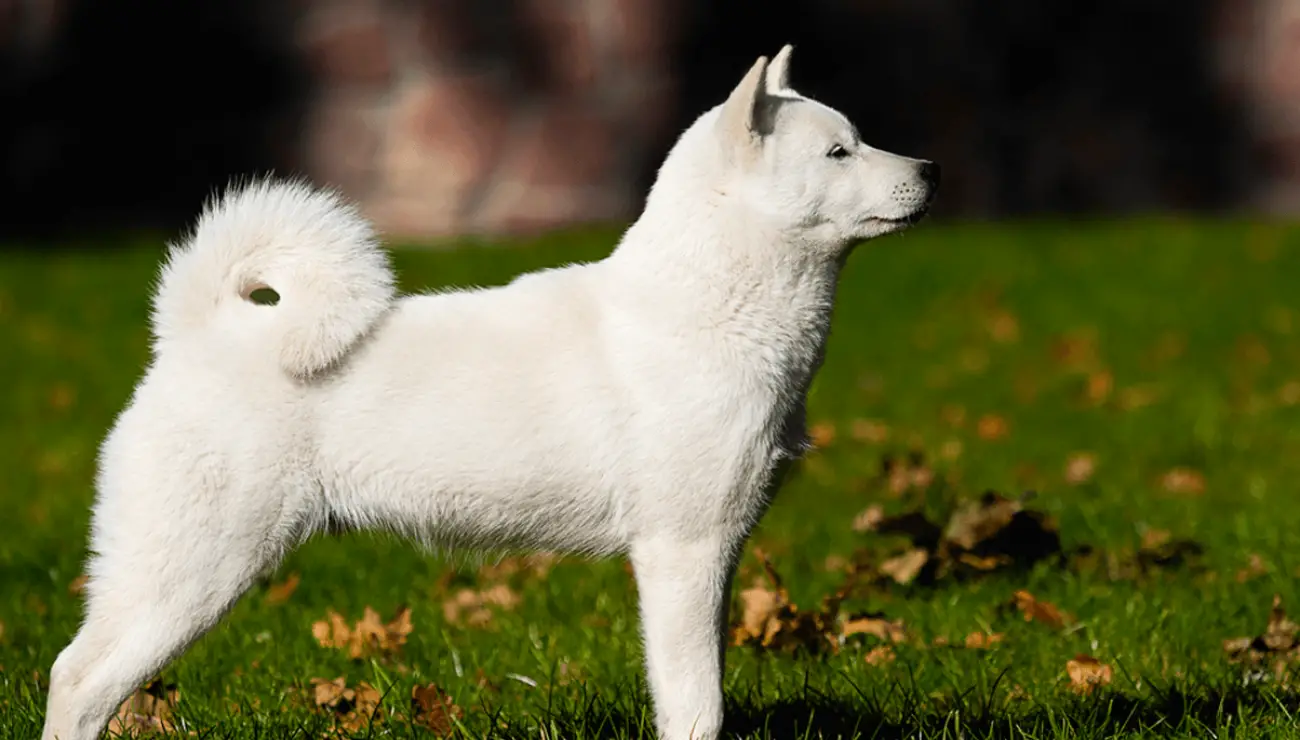
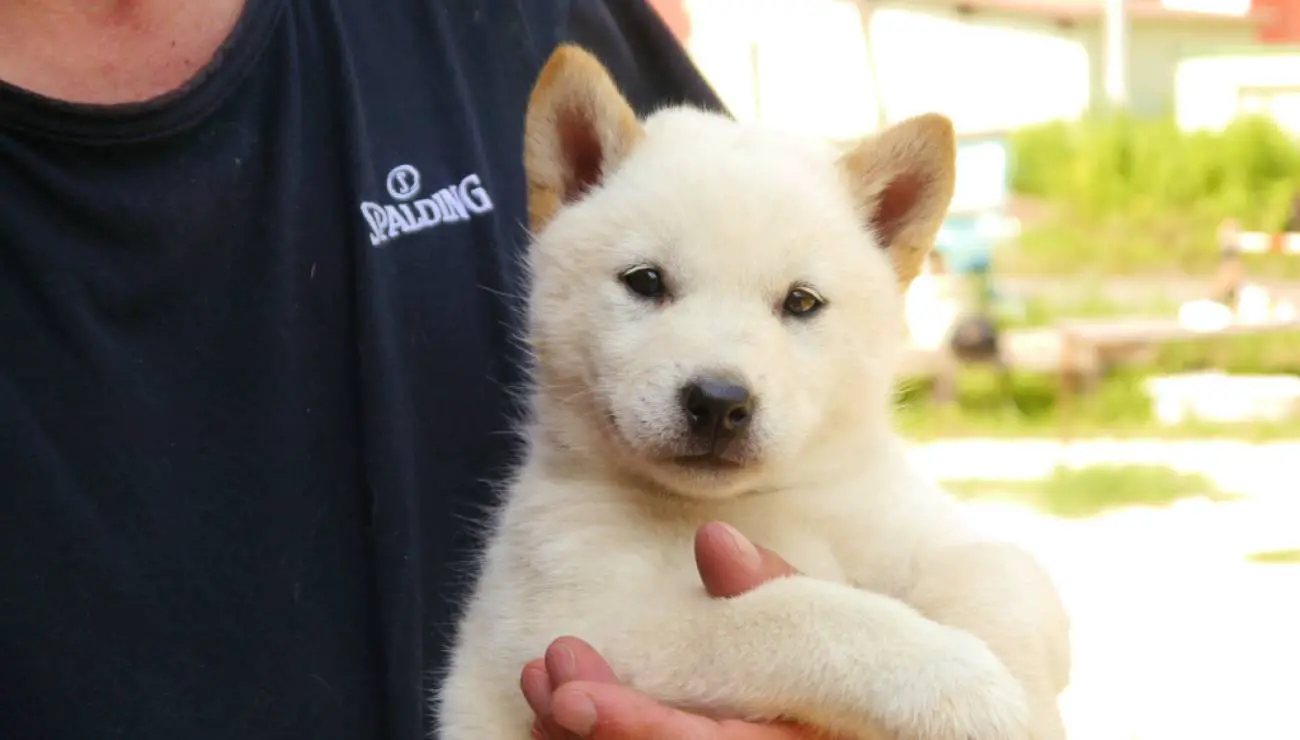
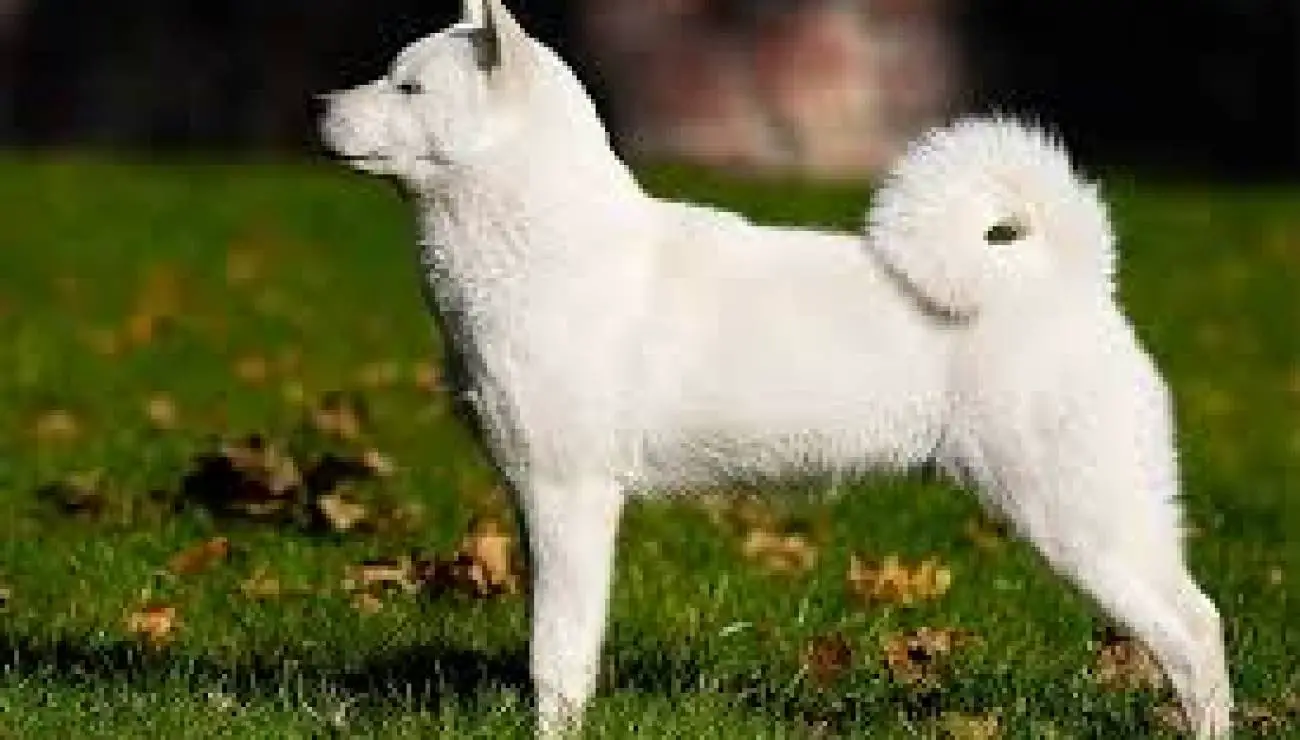
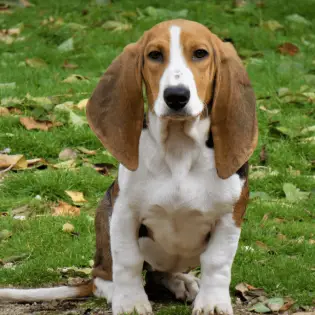
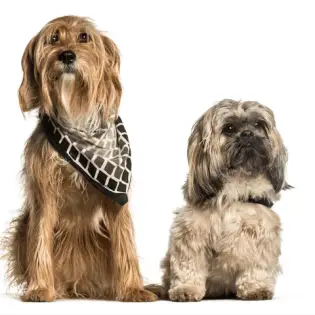


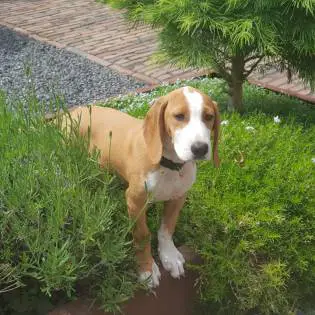
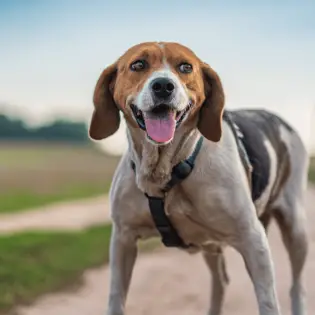
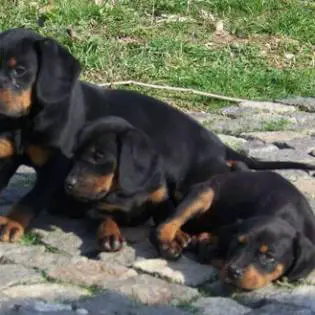
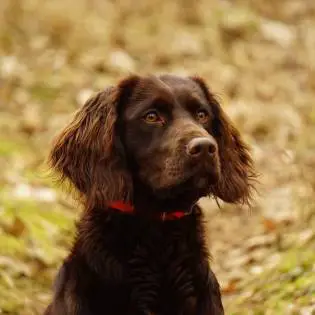
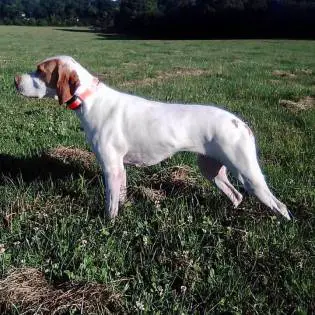
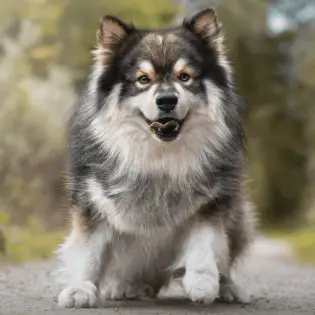

Share